Nestled in the heart of Southeast Asia, the Philippines boasts a rich tapestry of biodiversity that is both captivating and fragile. This archipelago of more than 7,600 islands is not just a tropical paradise; it is a biodiversity hotspot teeming with unique flora and fauna found nowhere else on Earth. Yet, this natural wealth is under constant threat from deforestation, urbanization, and climate change. As these pressures grow, the role of local communities in conservation efforts becomes increasingly vital. By harnessing traditional knowledge and fostering sustainable practices, communities across the Philippines are spearheading initiatives to safeguard their natural heritage.
Understanding the Richness of Philippine Biodiversity
The Philippines is home to an astounding array of life forms. Its tropical forests, coral reefs, and marine ecosystems host thousands of species, many of which are endemic. This means they can only be found in this part of the world. For instance, the Philippine eagle, one of the largest and most powerful birds of prey, is a national symbol of the rich biodiversity of the islands. The country also harbors unique flora like the Rafflesia, known for producing the largest individual flower on Earth. The sheer diversity of life here is a testament to the country’s unique ecological significance.
Threats to Biodiversity in the Philippines
Despite its natural abundance, the Philippines faces significant threats to its biodiversity. Deforestation for agriculture, illegal logging, and mining have led to habitat loss for many species. Urbanization further exacerbates the problem, encroaching on once-pristine environments. Moreover, climate change poses a dire threat, altering habitats and triggering extreme weather events. The combination of these factors has pushed many species to the brink of extinction. The situation calls for immediate and concerted efforts to mitigate these threats and preserve the country’s natural heritage.
The Role of Communities in Conservation
Local communities play a pivotal role in conservation efforts across the Philippines. Their deep-rooted connection to the land and traditional knowledge systems are invaluable assets in preserving biodiversity. Many communities have taken the lead in establishing protected areas and implementing sustainable practices. For example, in the mountains of the Cordillera region, indigenous communities have maintained ancient rice terraces, which are not only a cultural treasure but also a model of sustainable agriculture. These initiatives highlight the power of community-led conservation in safeguarding biodiversity.
Traditional Knowledge as a Conservation Tool
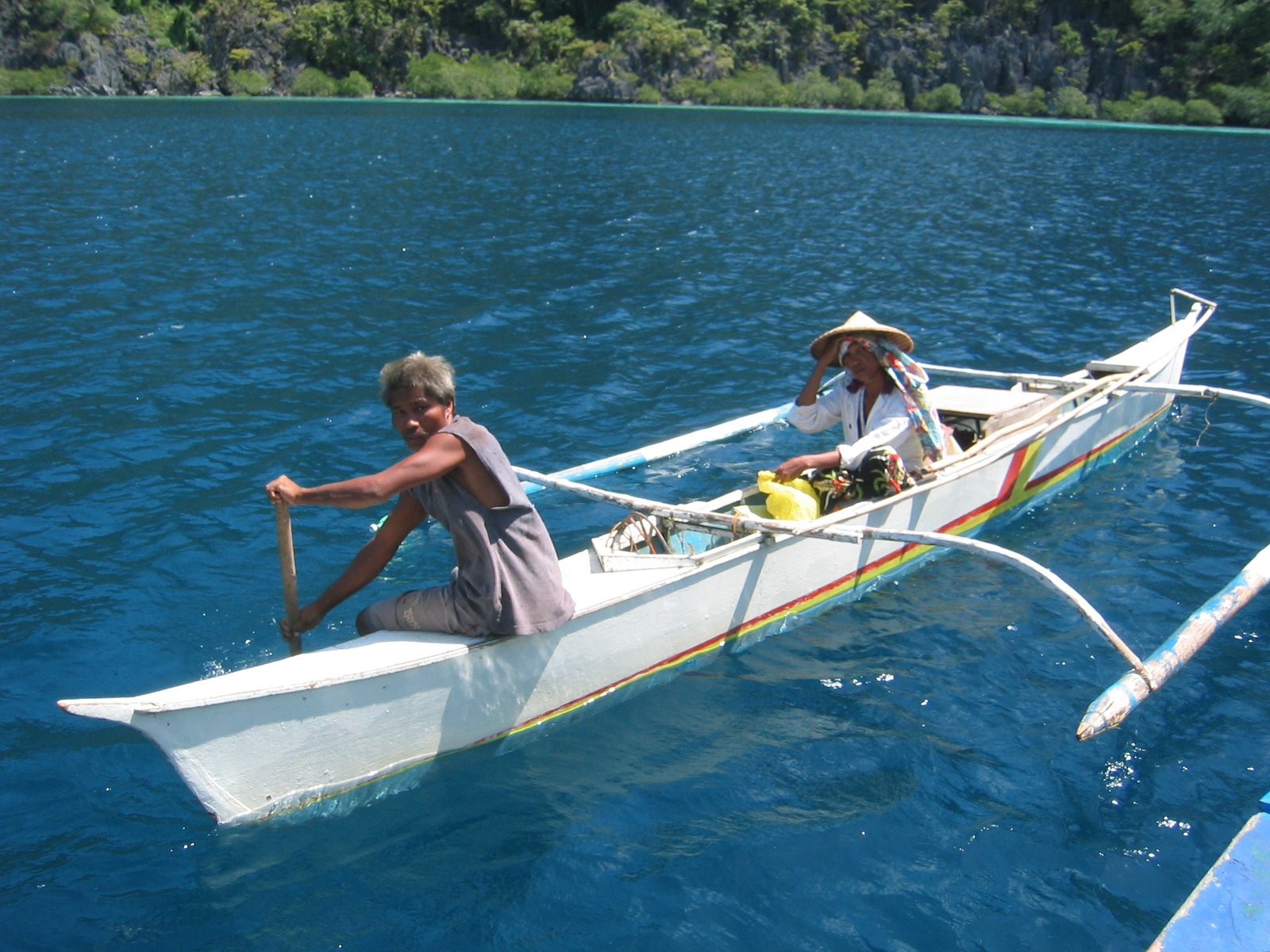
Traditional knowledge, passed down through generations, is a crucial component of community-led conservation efforts. Indigenous practices, such as agroforestry and sustainable fishing, have long supported biodiversity while ensuring the livelihoods of local populations. In Palawan, for instance, the Tagbanua people manage marine resources through a system of taboos and rituals that promote sustainable fishing practices. By integrating traditional knowledge with modern conservation techniques, communities can create effective strategies for preserving their natural environment.
Community-Based Protected Areas
Community-based protected areas are emerging as an effective strategy for conservation in the Philippines. These areas are managed by local communities who have a vested interest in preserving their natural resources. In the province of Bohol, the establishment of community-managed marine sanctuaries has resulted in the revitalization of coral reefs and increased fish populations. Such initiatives empower communities to take ownership of their natural heritage, fostering a sense of responsibility and stewardship.
Collaborative Conservation Efforts
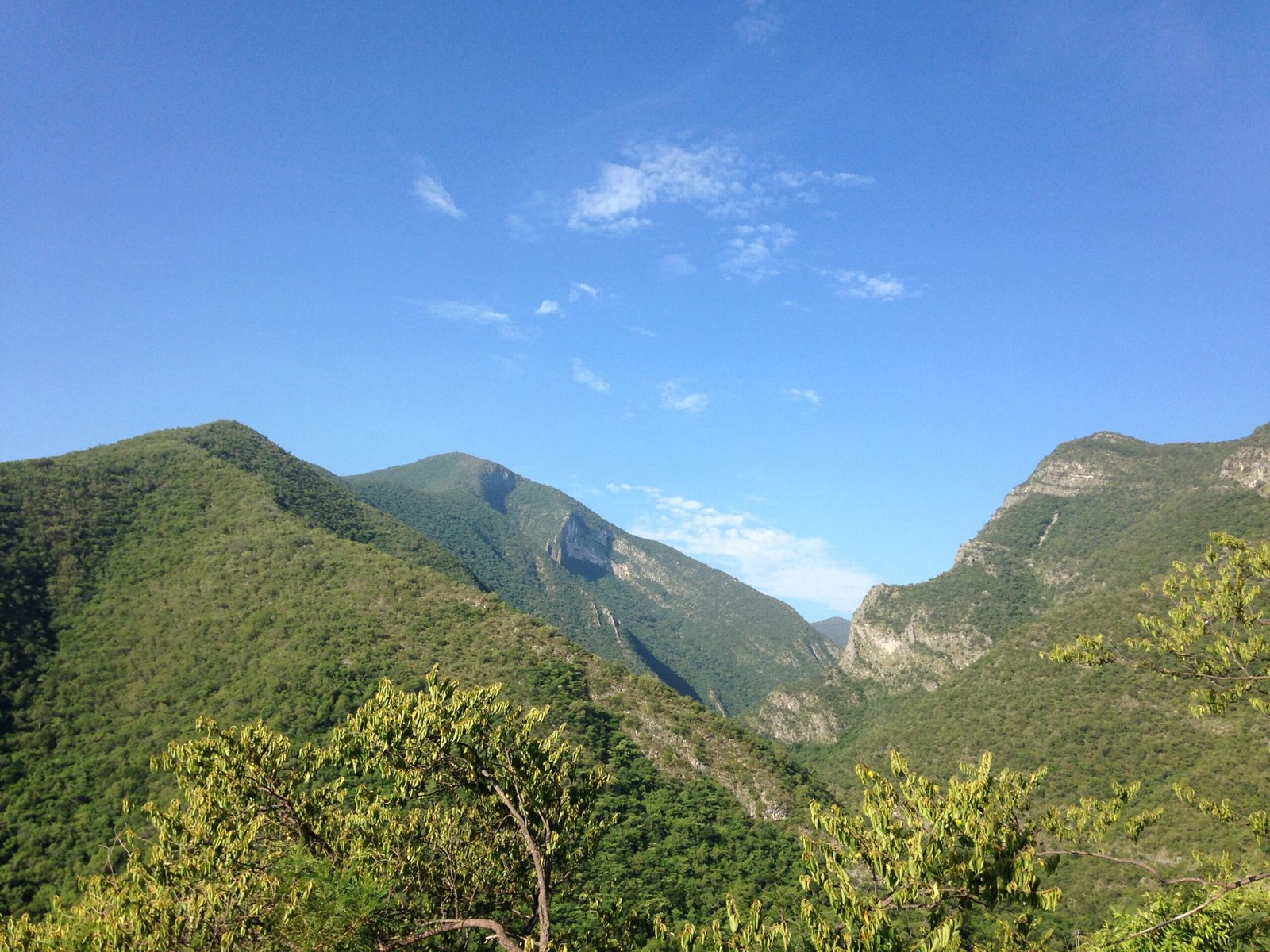
Collaboration between local communities, government agencies, and non-governmental organizations (NGOs) is essential for successful conservation efforts. These partnerships facilitate the sharing of resources, knowledge, and expertise. In the Sierra Madre mountain range, collaborations between indigenous communities, conservation groups, and government entities have led to the establishment of protected areas that safeguard critical habitats for endangered species. Such collaborative efforts are a testament to the power of unity in addressing environmental challenges.
Sustainable Livelihoods and Biodiversity Conservation
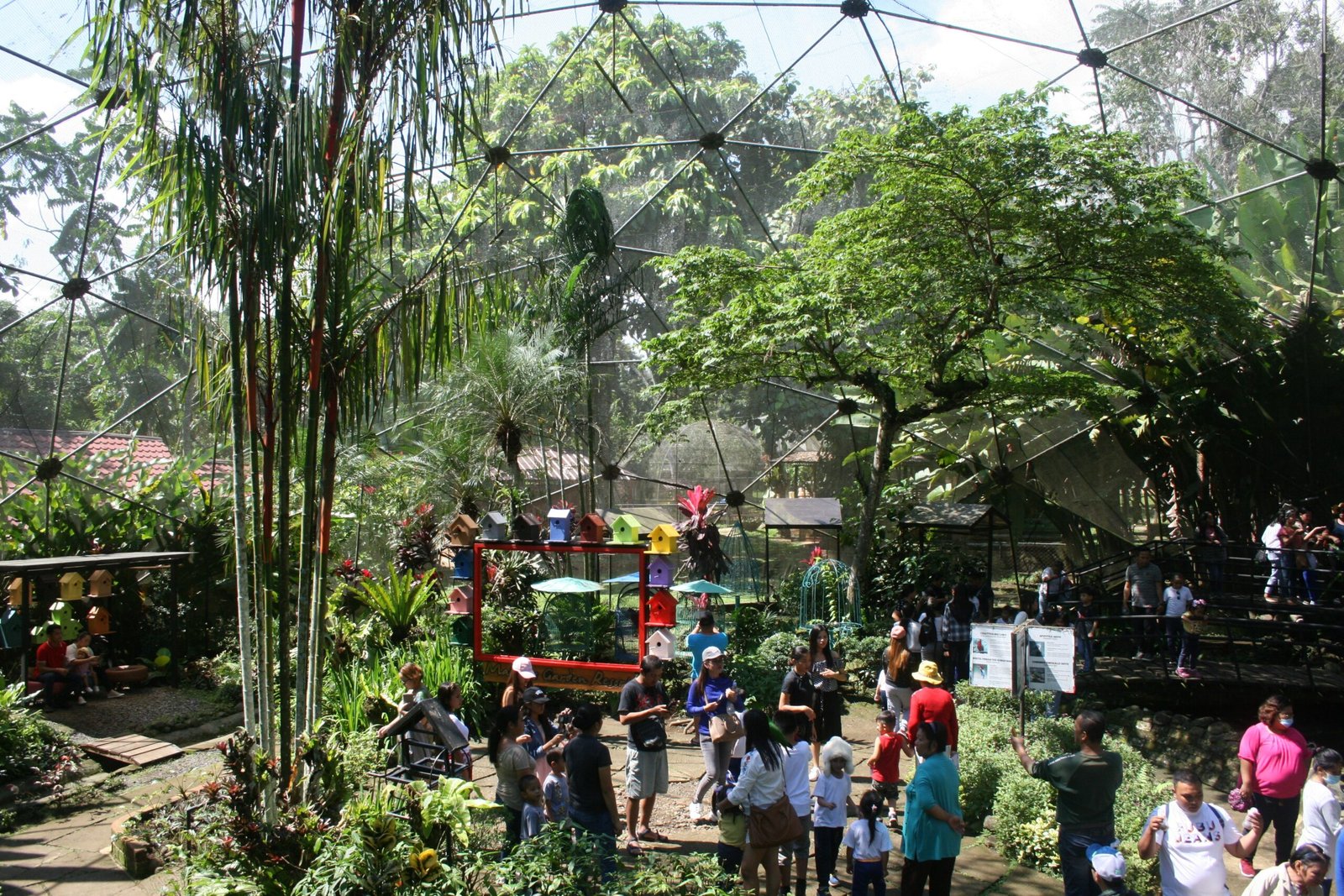
Sustainable livelihoods are a cornerstone of community-led conservation efforts. By providing alternative income sources, communities can reduce their reliance on activities that harm biodiversity. Ecotourism, for example, has become a viable livelihood in many areas, allowing communities to benefit economically while preserving their natural environment. In the Tubbataha Reefs Natural Park, community-managed ecotourism initiatives have generated income while promoting marine conservation. These efforts demonstrate that economic development and biodiversity conservation can go hand in hand.
Education and Awareness in Conservation
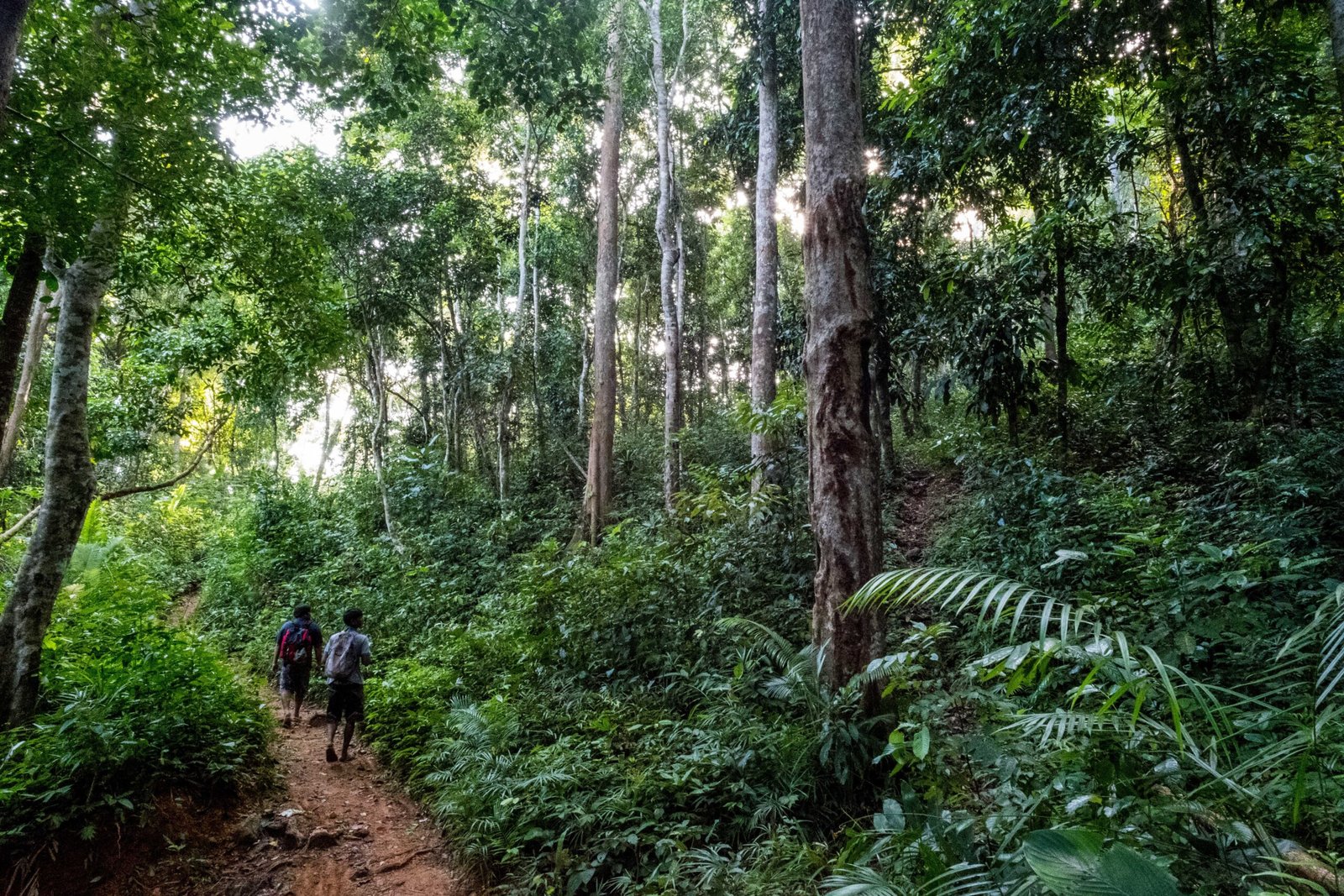
Education and awareness play a critical role in fostering a conservation mindset among communities. By raising awareness about the importance of biodiversity and the threats it faces, communities can become more engaged in conservation efforts. In the province of Palawan, educational programs have been implemented to teach local youth about the significance of their natural environment and the need to protect it. By instilling a sense of environmental stewardship in the next generation, communities can ensure the continued preservation of their biodiversity.
The Impact of Community-Led Conservation
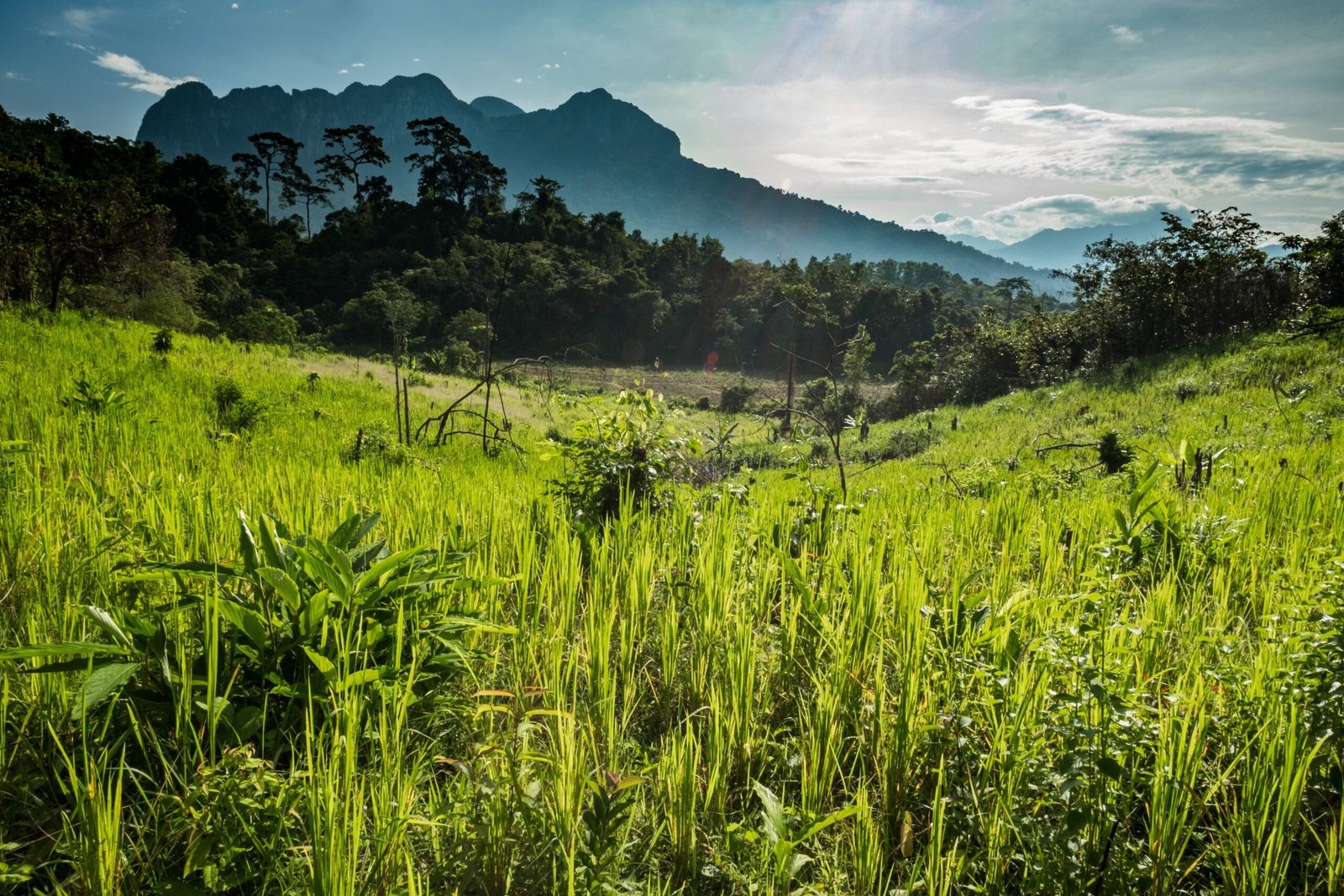
Community-led conservation efforts are making a tangible impact on biodiversity preservation in the Philippines. Through their initiatives, communities have successfully restored degraded ecosystems, increased wildlife populations, and protected endangered species. These efforts not only benefit the environment but also improve the quality of life for local populations. In the province of Negros, community-led reforestation projects have not only restored critical habitats but also provided clean water and improved agricultural productivity. Such successes underscore the importance of empowering communities to take charge of their natural heritage.
Looking Ahead: The Future of Conservation in the Philippines
As the Philippines continues to face environmental challenges, the importance of community-led conservation efforts cannot be overstated. By empowering communities, preserving traditional knowledge, and fostering collaboration, the country can build a sustainable future for its biodiversity. The journey is not without its challenges, but with determination and collective action, the Philippines can continue to be a beacon of hope for biodiversity conservation. The legacy of these efforts will be a testament to the power of community in shaping a sustainable future for generations to come.




